The rustic cobbled streets and perfectly preserved wooden structures of Gamle Stavanger are just a short walk from the city centre.
Stavanger is Norway’s fourth biggest city, behind Oslo, Bergen and Trondheim. Situated in Rogaland county on Norway’s west coast, there is something unique that sets Stavanger apart from the country’s other larger cities.
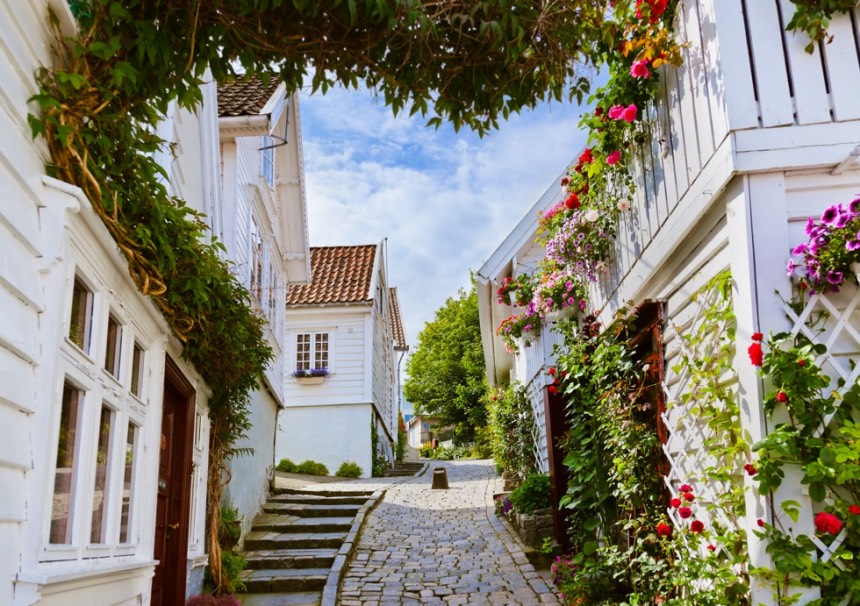
A large part of Stavanger is made up of some 8,000 timber structures, which makes it is the largest wooden city in northern Europe. As a result of so many detached buildings, the city stretches out over 71 square kilometres.
A large proportion of the wooden houses were built in the eighteenth and nineteenth centuries. The oldest of them are found in the perfectly preserved and historic Old Town, also known as Gamle Stavanger.
Introducing Gamle Stavanger
The Old Town is located on the west side of Vågen, just a short walk from the harbour area and central Stavanger. It covers an area all the way down to the harbour front and the Canning Museum.
Originally it consisted of 173 buildings but in recent times the count has risen to include some 250 houses, shops and museums.
Its streets sit on the steep hillside, yet despite this, all of the town is accessible by foot. Wheelchair access is also possible—and easier—if you approach from behind the maritime museum.
The houses on Øvre Strandgate, the cobbled main street, are all wooden, small and white.
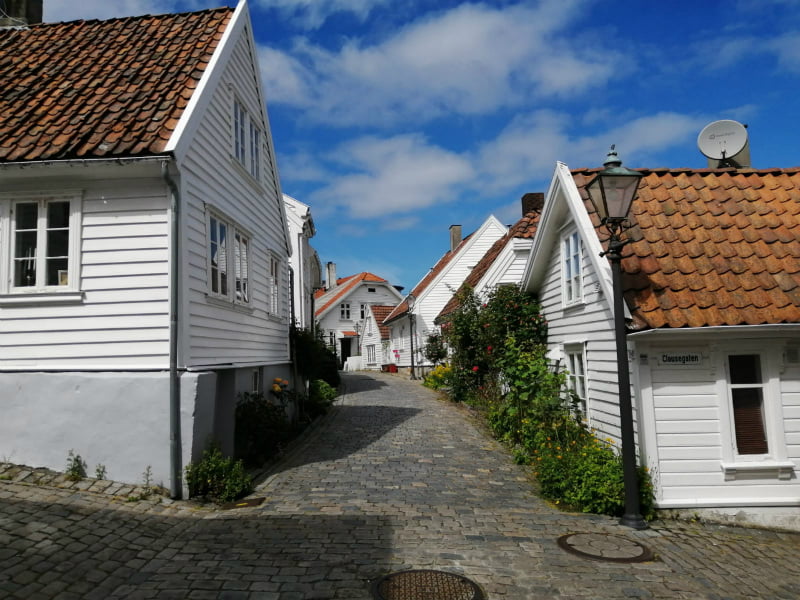
To see the Old Town in all its full glory, it is best to visit in the summer season when blooming hanging baskets line the streets and scented rose bushes creep over white picket fences.
On the flip side, the well-maintained streets can also offer a pleasant walk on cold winter's day.
Old Stavanger’s saviour
The very fact we can all appreciate Gamle Stavanger to this day is down to the intervention of one person.
After World War II, it was decided that Stavanger would be redesigned. The plans included demolishing many of the old wooden buildings and replacing them with more modern structures made out of concrete.
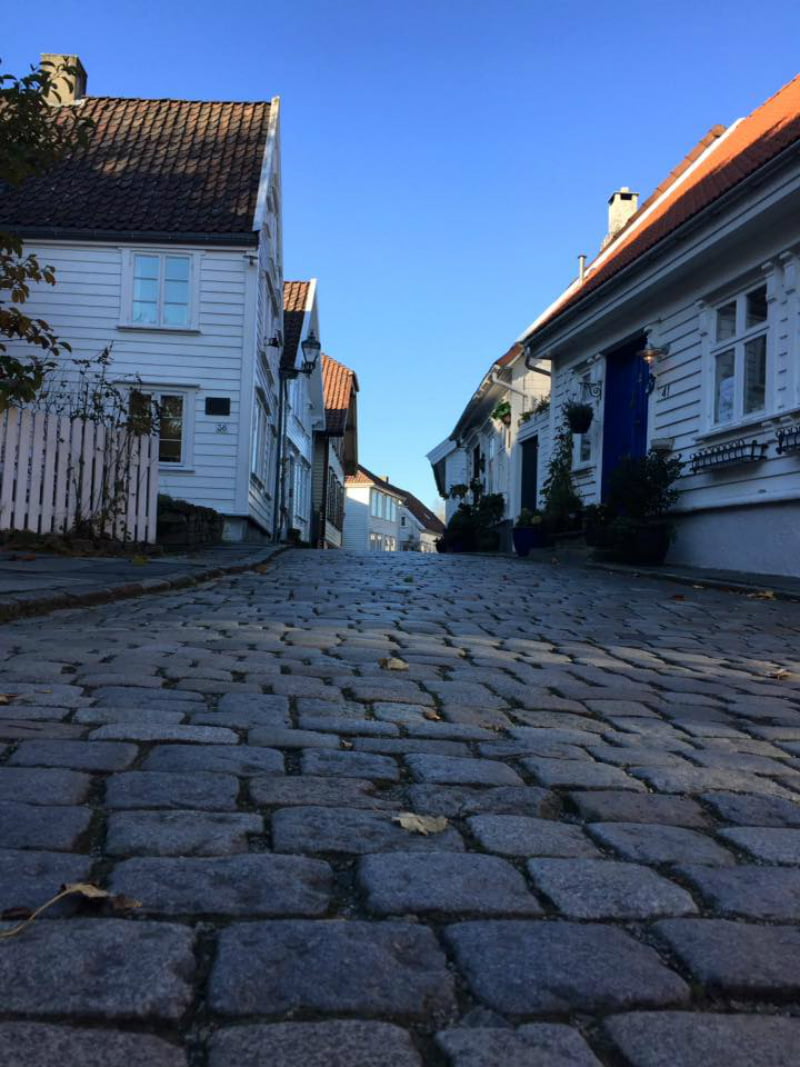
But one man spoke out about the plan. The city’s architect, Einar Hedén, argued that the original wooden structures were unique and should be treasured, not razed to the ground.
Read more: Major events in Stavanger
It is perhaps with little surprise that Hedén saw the beauty in the buildings, the amateur painter clearly had an eye for good aesthetics. He saw the beauty when others did not. His involvement was crucial in securing the town's future.
Who owns the houses?
Most of the 250 properties are privately owned, with the municipality also owning some buildings. The small size of the houses served a purpose in preceding centuries. It meant they could be easily dismantled and moved if residents ever wanted to relocate.
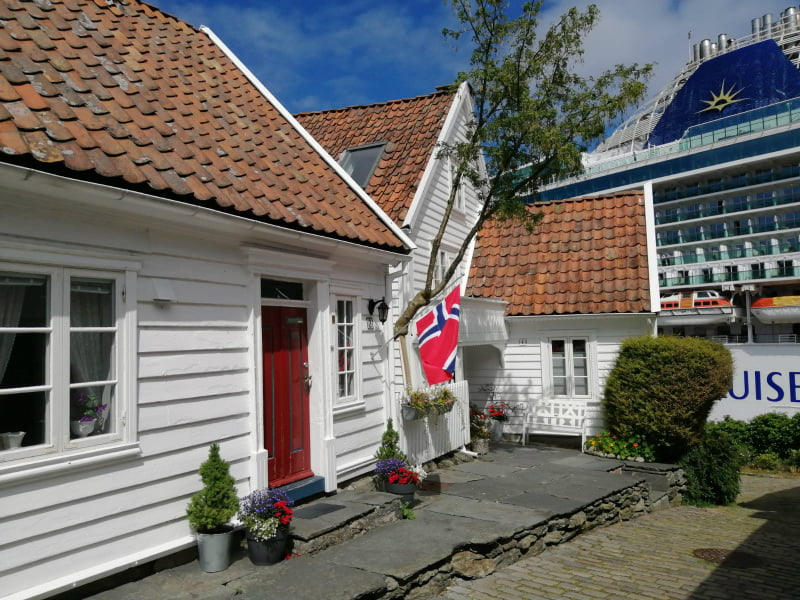
Gamle Stavanger has changed over years, from an undesirable area to the highly sought after one it is today. In more recent times the houses are ideal for anyone who has an appreciation of history and who wants a central location.
Recognition of the Old Town
The local government has won a number of awards in recognition of their efforts in the preservation of this historic part of the city. The Council of Europe’s 1975 European Architectural Year gave credit to Gamle Stavanger for its upkeep.
Other places in Norway have also received similar praise. Nusfjord, a small fishing village in Nordland and Røros, a former mining town in Sør-Trøndelag.
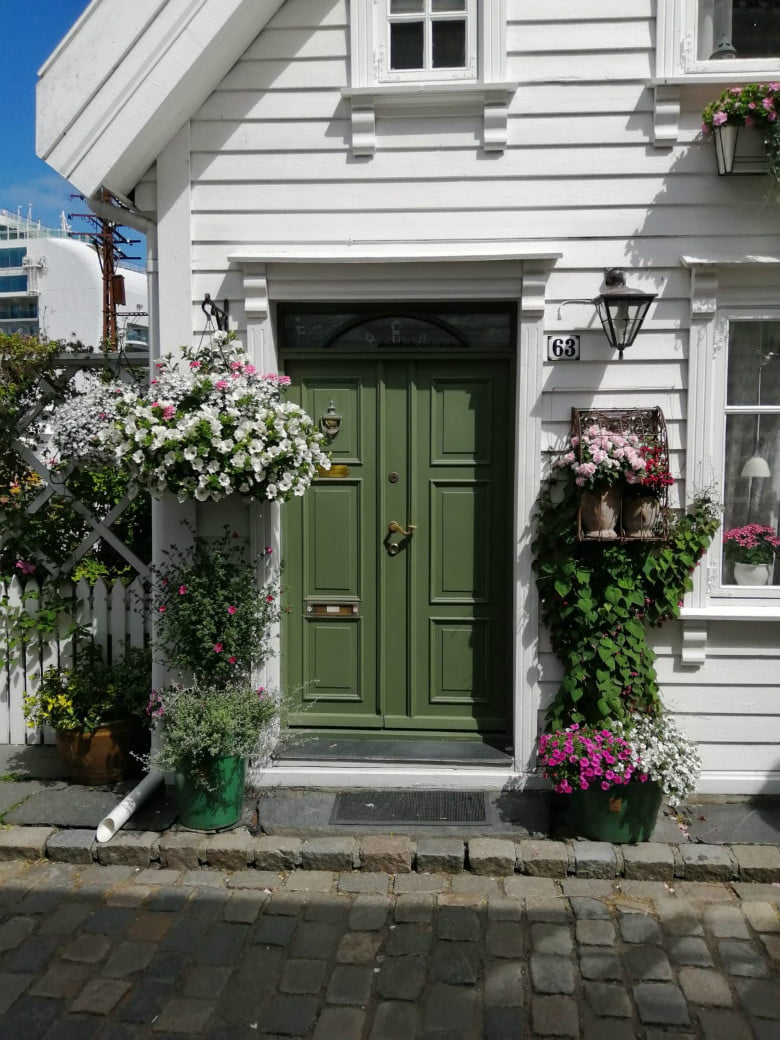
Not only is the Old Town well maintained, but it also functions. Most houses have occupants and operate as everyday homes. Some of the bigger harbour-front buildings have offices, museums and shops in them.
Tourist hotspot
Over years, Gamle Stavanger’s popularity has soared, and not just on the property market. It has become one of the region's number one tourist hotspots.
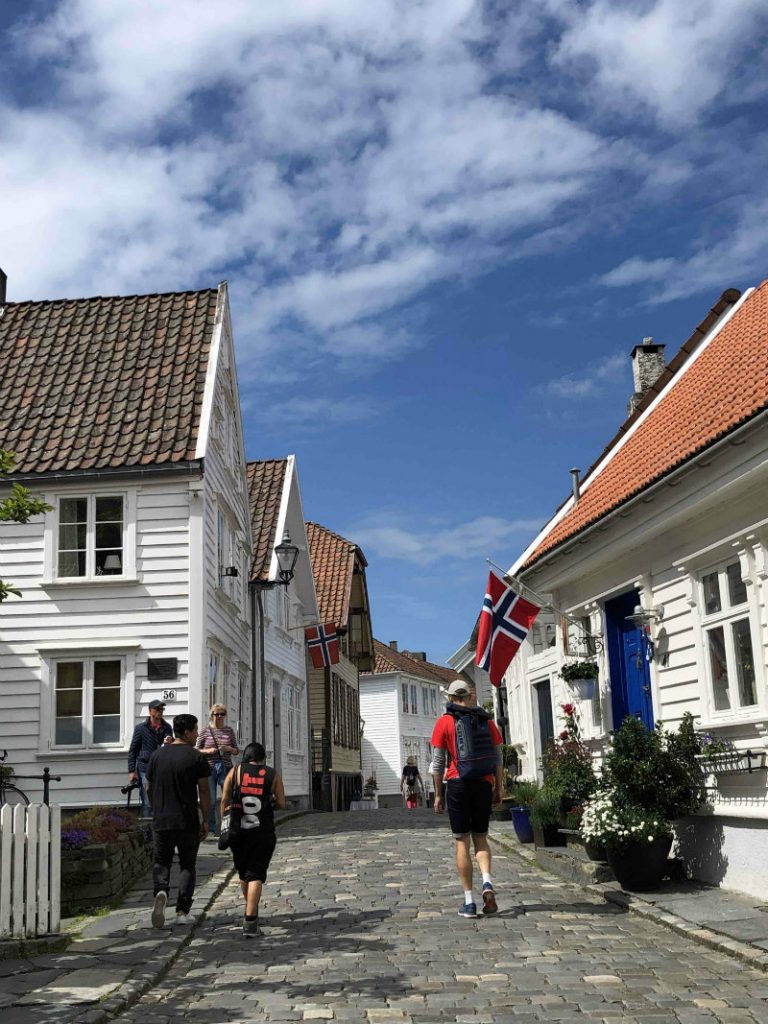
This small corner of Vågen is right up there with Preikestolen (Pulpit Rock) as a tourist attraction. So if hiking is not your thing then a quiet stroll around this idyllic part of the city is a great alternative.
The Old Town provides the perfect photo opportunity, a place where it is difficult to take a bad photograph. The impeccably well-kept houses and streets are an amateur photographers' best friend.
What's your favourite thing to do in and around Stavanger?


“… raised to the ground” (?) What a degree in English Literature, a writer and an English teacher will get you these days.
Thank you for the comments, Kris.
There is a spelling mistake – it should read “razed” and not “raised”. We are only human here at LiN so mistakes happen. The phrase “razed to the ground” is commonly used in English. In fact, I heard it only last week on a BBC documentary about the wars of the years gone by. In the episode, there was a scene showing an aggressor attacking a civilian who was merely trying to earn a living as a shopkeeper. I thought the violence was totally unwarranted so I switched off at this point.
Takk, Very interesting. Beautiful city!
Some of the lumber for these homes came from the USA –
my grandfather / great grandfather, both merchant mariners, hauled ‘southern gold’ – yellow pine from Pensacola, fl back to the motherland.